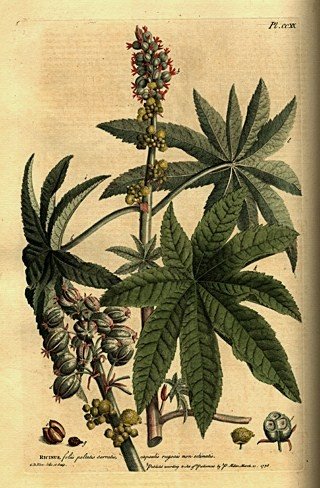Blue-podded Capucijner Pea (Pisum sativum cv.)
The Blue-podded Capucijner (cap-ou-SIGH-nah) is a hardy pea first grown by the Franciscan Capuchin monks in Holland and Germany during the early 1600s. Its particularly beautiful, bi-colored flowers are lilac-pink and wine-red, fading to blue as they wilt; pods are deep maroon to inky purple, fading to blue and leathery brown when mature. It is best used as a soup pea by picking when the pods are full; but it can also be grown as an edible-podded sugar pea by harvesting before peas have developed.
Contact The Thomas Jefferson Center for Historic Plants at
Email chp@monticello.org
Phone 434-984-9819














++1766.jpg)